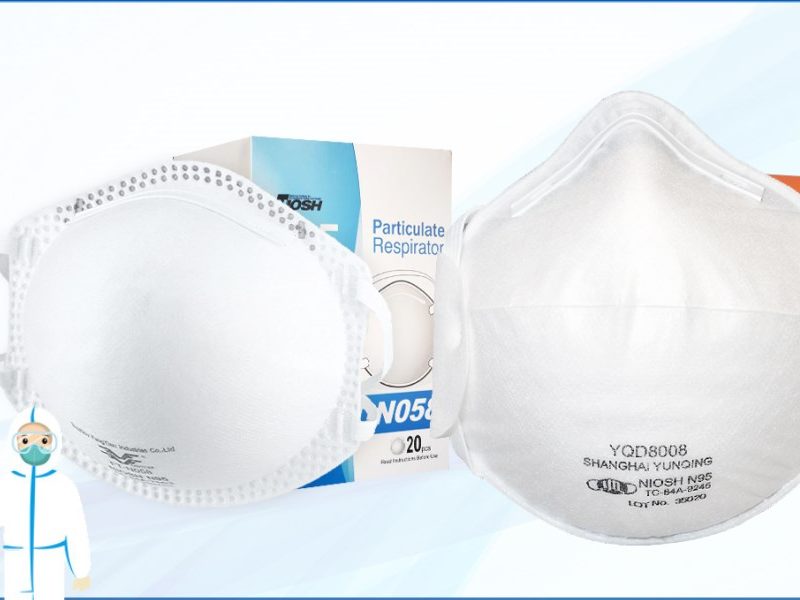
The 3M Advanced Filtering Face Mask is a protective mask for your face and also helps to reduce exposure to particulate matter in the air if used according to instructions. Among the masks tested against the new ASTM F3502-21 standard for barrier face coverings, 3Ms Advanced Filtering Face Mask stands out as having the highest 99-percent effectiveness in filtration of particulate matter. When fitted and certified correctly, N95 respirator masks with a medical-grade fabric are capable of filtering as much as 95 percent of airborne particles.
Until this point in the pandemic, CDC had encouraged use of various types of protective masks, including properly fitted multi-layer cloth face coverings, disposable surgical masks, and medical-grade N95 respirator masks. Surgical masks are not designed to be sealed over the face, and therefore they will not offer wearers as much protection as an N95 respirator. NIOSH recommends using these masks in the work setting, but importantly, does not recommend the masks as replacements for N95s or other respirators.
N95 masks are typically designed to fit tight around the face, so, once again, they would be safer. Suzhou Fangtians N95 masks are also not an ideal choice for larger face sizes, but they should fit fine for smaller and average-sized faces. For both the KN95s and surgical masks, a lot of manufacturers are making smaller sizes of both to accommodate children or people with smaller faces.
These smaller-sized, or children-sized, Powecom KN95 Masks from Bona Fide Masks, for instance, are sized to fit smaller faces and may help to ensure better sealing across the face. The Childrens Sized KN95 is ideal for doing the same things that an Adult Version would, but provides better protection for their smaller stature, since it fits their faces to ensure better sealing compared to using the Adult Mask. This model is one of many approved N95 masks by the CCD, using two individual straps that fit tight to the face. Members of our team have used N95 masks, and have found they seal well around their faces, yet remain far enough from their noses and mouths to let them breathe quite comfortably.
Another highly talked-about mask is the N95, which is an excellent choice for other high-risk situations, such as visiting Grandma at her assisted living facility, or going into public-facing work. Notably, we tested the pre-COVID-19 manufactured N95 respirator; a KN95 respirator, standard surgical mask, and several cloth faces covers. The cloth face coverings tested yielded similar fit factors as commercially available KN95 and surgical masks; however, the cloth masks used were the more fundamental in design and construction.
Filtered facepiece respirators (FFRs) like N95 masks are the main mode of respiration protection for health care workers who are treating airborne or aerosol-transmissible infectious agents (1). Some FFRs that possess the filtering properties of the N95 health-care masks, including N95 masks for industry and elastic-type respirators, typically include an exhalation valve; these devices are not traditionally allowed to be used in health-care settings, as the air exhaled through the valve is not filtered, thus precluding sterile fields from being maintained